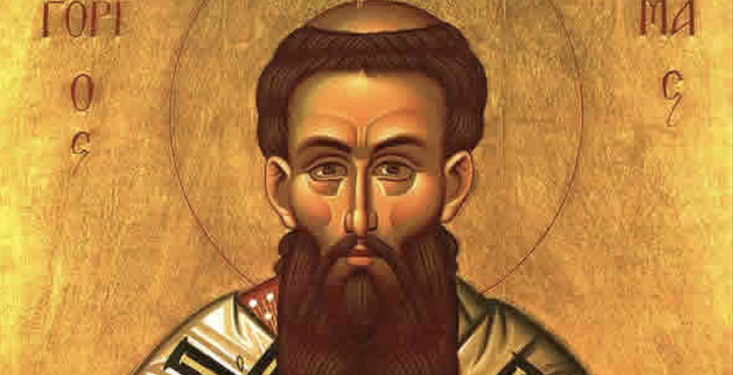Saint Gregory Palamas continued to defend the teachings of hesychasm and the uncreated light, writing numerous treatises and engaging in further debates with the Barlaamites. In 1347, Patriarch John XIV Kalekos was succeeded by Isidore Buchiras, a supporter of Saint Gregory. Isidore convened a council in 1351, which definitively upheld the teachings of Saint Gregory Palamas and declared them to be in accordance with Orthodox doctrine.
Saint Gregory Palamas was consecrated as Archbishop of Thessalonica in 1347, and he served in this position until his repose on November 14, 1359. Throughout his life, Saint Gregory continued to write and preach, expounding upon the mysteries of the faith and the importance of prayer and spiritual struggle. He is revered as a great theologian and defender of Orthodoxy, and his teachings on hesychasm have had a lasting impact on the Eastern Christian tradition.
Saint Gregory Palamas was canonized as a saint by the Orthodox Church, and his feast day is celebrated on the second Sunday of Great Lent, known as the Sunday of Saint Gregory Palamas. He is also commemorated on November 14, the day of his repose. May we be inspired by the example of Saint Gregory Palamas to seek the uncreated light of God through prayer and ascetic struggle, that we may be granted the grace of salvation and eternal life. Amen.
Akyndinos accused Saint Gregory Palamas and the Athonite monks of causing church disorders, leading to a series of tracts being written. In response, Saint Gregory refuted Akyndinos’ errors in detail. Despite this, the patriarch sided with Akyndinos, leading to Saint Gregory being imprisoned for four years. However, he was released when Isidore became patriarch and was appointed Archbishop of Thessalonica in 1347.
At the Council of Blachernae in 1351, Saint Gregory’s teachings were upheld as Orthodox. Despite this, the people of Thessalonica did not immediately accept him, leading him to move around different places. During one of his travels to Constantinople, he was captured by Turks but continued to preach to his fellow prisoners, both Christian and Muslim. His wisdom astounded the Moslems, although some of them beat him and planned to kill him until they saw the potential for a ransom. Saint Gregory was eventually ransomed and returned to Thessalonica a year later.
In the final three years of his life, Saint Gregory performed many miracles, healing the sick. Before his death, Saint John Chrysostom appeared to him in a vision, urging him to ascend to the heights. Saint Gregory Palamas passed away on November 14, 1359, and was canonized in 1368. His holy relics are kept in the Cathedral of Thessalonica.
Saint Gregory Palamas was raised in the royal court of Constantinople but chose a life of asceticism on Mount Athos. He fought against heresy and was consecrated as Metropolitan of Thessalonica in 1347. Known for his asceticism, theological prowess, and miracles, he peacefully passed away in 1360. His relics rest in Thessalonica, where a church is dedicated to him.

